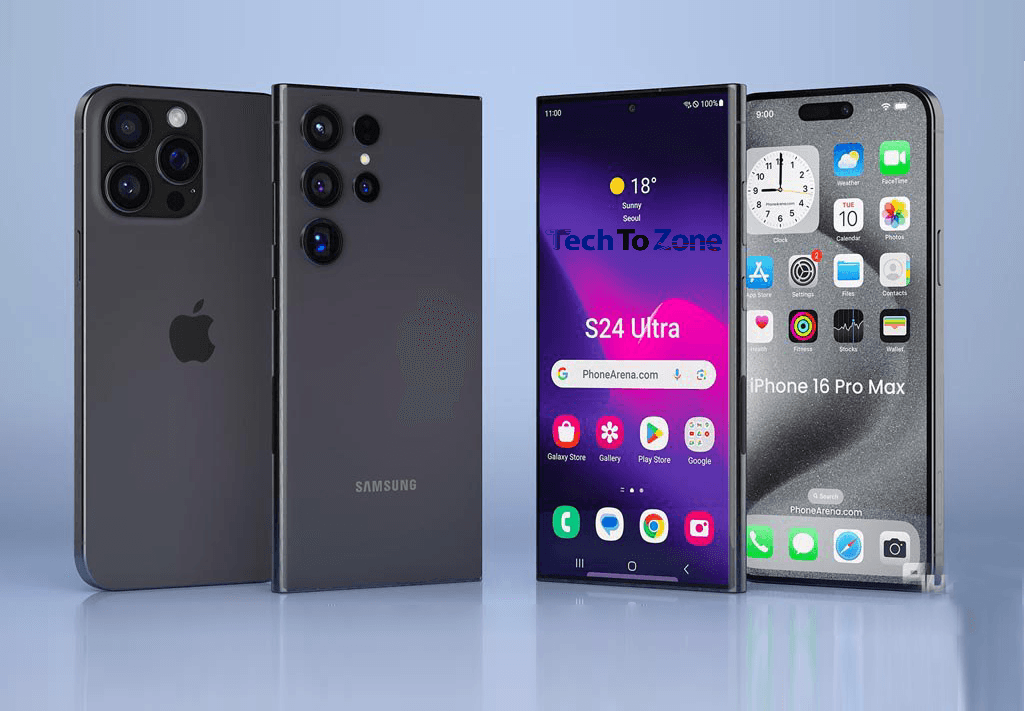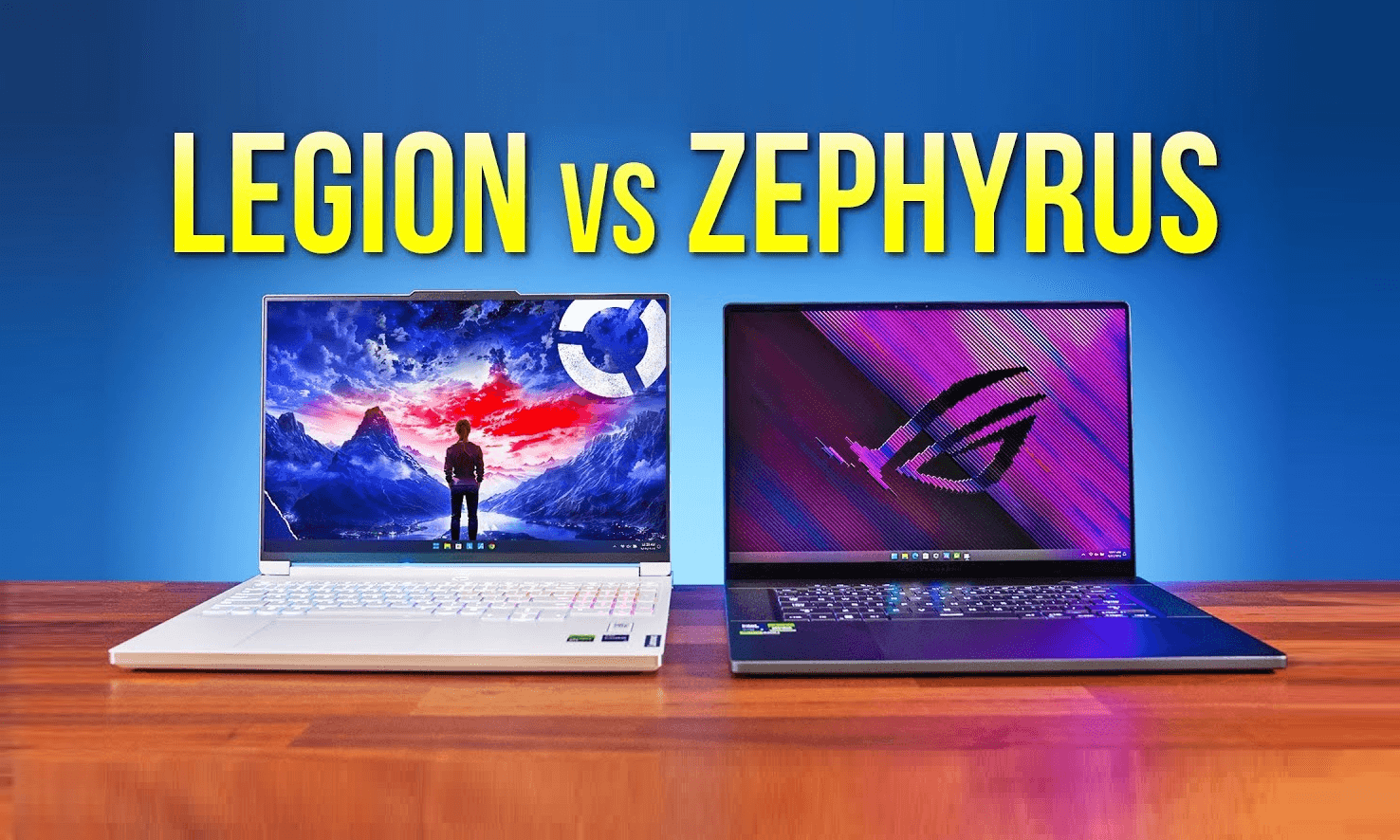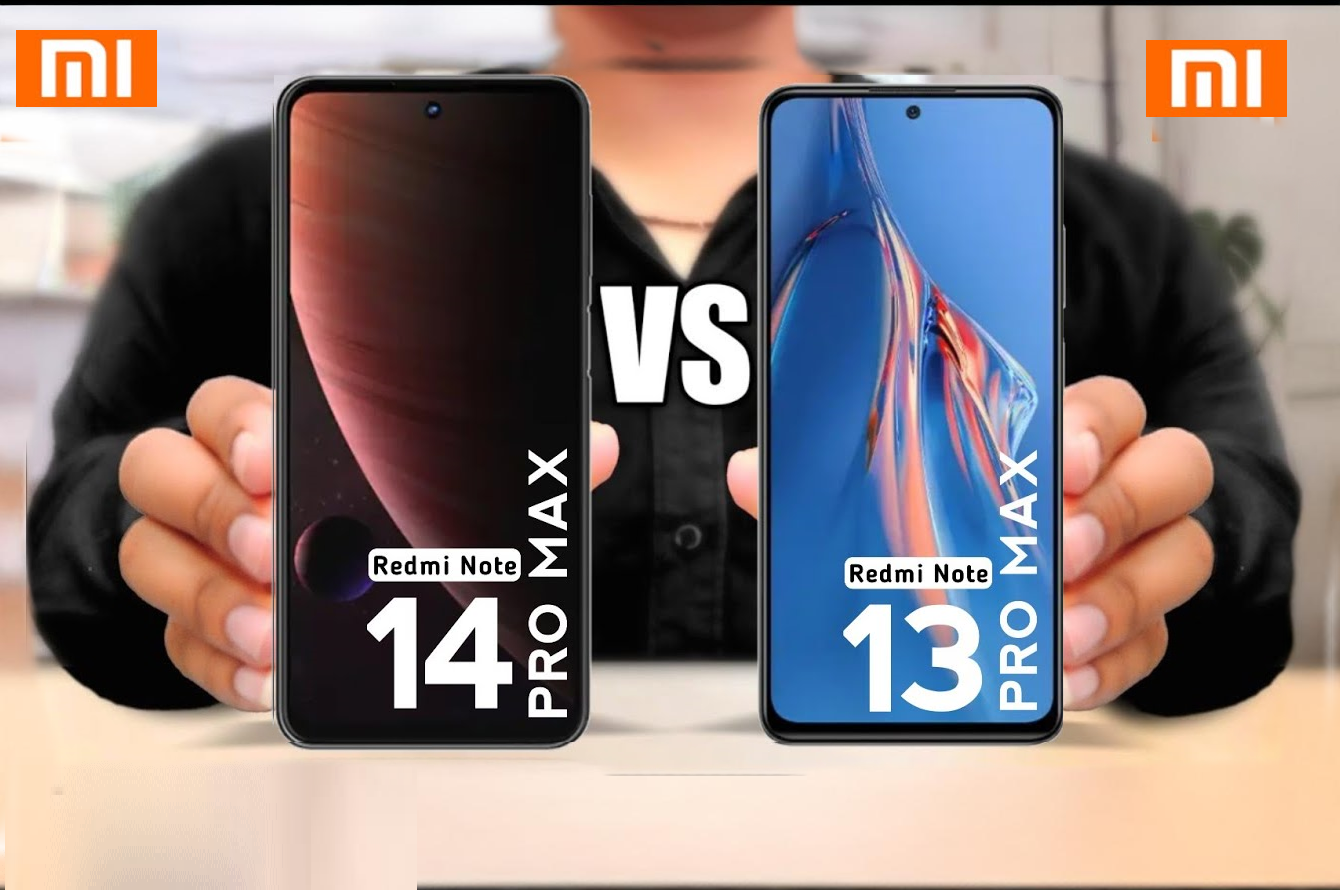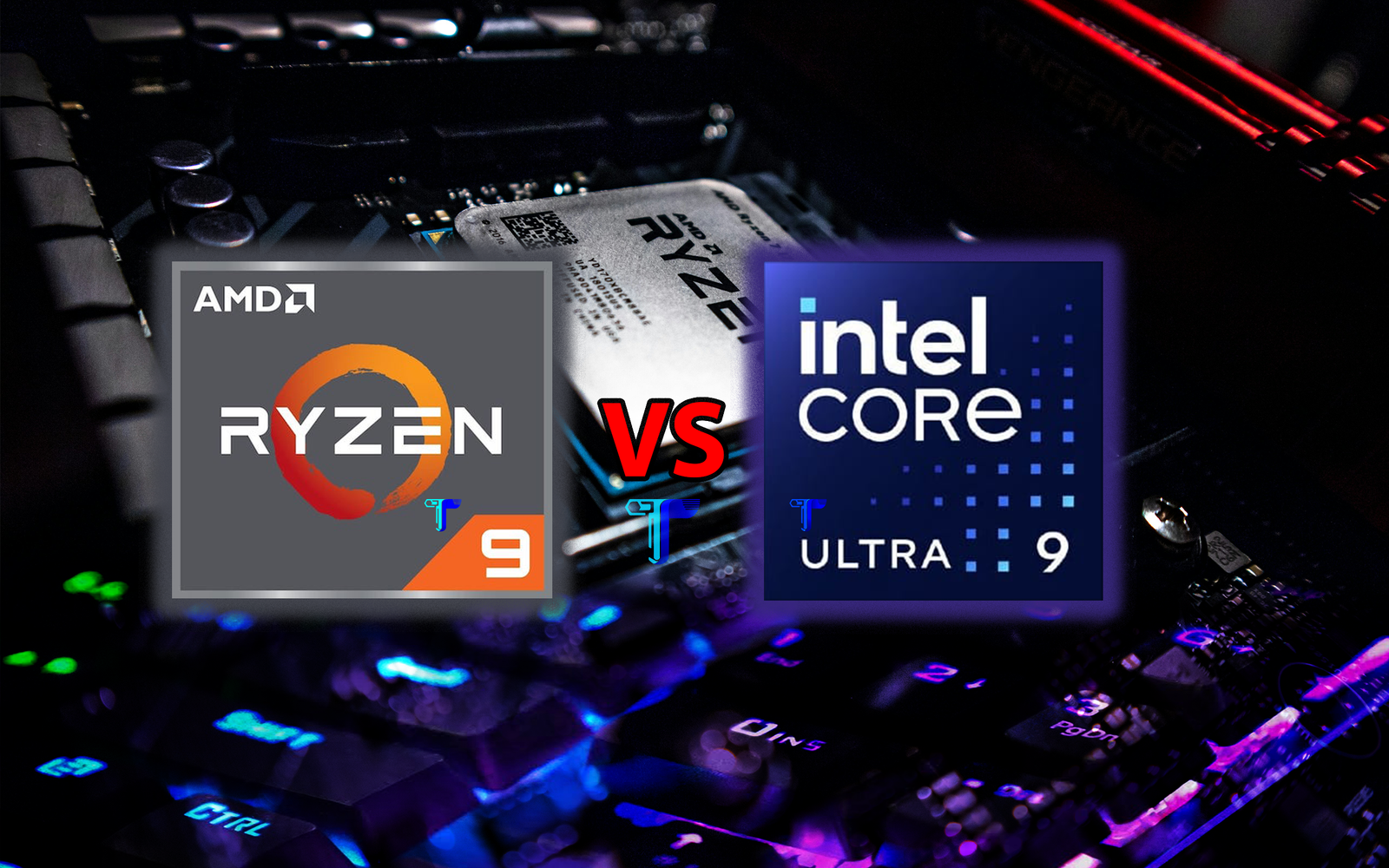In the ever-evolving smartphone market, Vivo has emerged as a notable contender, particularly with its recent releases, the Vivo X200 Pro and the Vivo X100 Ultra. The X200 Pro, launched with an array of impressive specifications, aims to rival what was considered Vivo’s flagship model, the X100 Ultra. This article delves into a detailed comparison of their camera systems to determine whether the X200 Pro truly surpasses the X100 Ultra.
Camera Specifications
At first glance, both the Vivo X200 Pro and X100 Ultra boast remarkable camera capabilities. While the X100 Ultra features a large 1-inch type sensor, the X200 Pro opts for a custom Sony sensor measuring 1/1.28 inches. Vivo claims that despite the size difference, the X200 Pro can deliver camera performance comparable to that of the X100 Ultra, with improved video recording features.
A standout feature in both models is the telemacro sensor, a 200-megapixel Samsung HP9 sensor. This sensor is notably one of the largest for a telephoto lens available on any smartphone, measuring 1/1.4 inches, even larger than some main camera sensors on other devices. This makes both phones particularly appealing to photographers and enthusiasts who value high-quality candid and portrait shots, especially in low-light conditions.
Image Processing and Performance
Both smartphones utilize the same imaging chip, branded as Vivo’s “Blue Image Chip.” The X200 Pro is powered by the MediaTek Dimensity 9400, while the X100 Ultra is equipped with the Snapdragon 8 Gen 3. The shared imaging processor ensures that despite the different sensors and chipsets, users can expect a similar image processing experience, enhancing both still photography and videography.
Photo and Video Quality
In practical testing, the differences in photo and video quality become apparent. The X200 Pro holds its ground with impressive clarity and detail, particularly in well-lit scenarios. The telephoto capabilities of both devices shine, providing users with high-quality zoom shots without significant loss of detail. However, in low-light environments, the performance of the X100 Ultra, with its larger sensor, tends to produce better results, showcasing superior dynamic range and color accuracy.
During video tests, both devices deliver excellent stabilization and vibrant color reproduction. The X200 Pro showcases impressive performance in various lighting conditions, though it occasionally struggles with exposure control in bright sunlight. The X100 Ultra, thanks to its advanced sensor technology, generally offers smoother and more consistent video quality, particularly in dynamic scenes.
User Experience and Practicality
For users who are not professional photographers but still want to capture great moments, both phones offer user-friendly interfaces that make photography straightforward. The ability to take high-quality photos from a distance is particularly appealing for casual users, enabling them to capture natural candid shots without intruding on the moment.
Moreover, the cinematic video modes on both devices allow users to experiment with different styles and effects, enhancing the overall creative experience. The X200 Pro’s AI enhancements also add an interesting layer to photo and video capabilities, enabling users to achieve better results with minimal effort.
Conclusion: Is Pro the New Ultra?
So, which phone stands out in this competitive matchup? The Vivo X200 Pro and X100 Ultra both offer excellent camera capabilities, but they cater to slightly different user needs. The X200 Pro excels in providing a balanced performance for a wide range of photography styles, while the X100 Ultra, with its larger sensor, remains the better option for low-light and professional-quality photography.
Ultimately, the choice between the two may come down to personal preference and specific photography needs. Those who prioritize telephoto capabilities and overall image quality may lean towards the X100 Ultra, while casual users looking for a versatile device with solid performance might find the X200 Pro more appealing.
In the end, both devices embody Vivo’s commitment to pushing the boundaries of smartphone photography, making either a worthy investment for photography enthusiasts. The ongoing advancements in smartphone camera technology promise exciting developments in the future, ensuring that users continue to have access to tools that enhance their creative expression.




